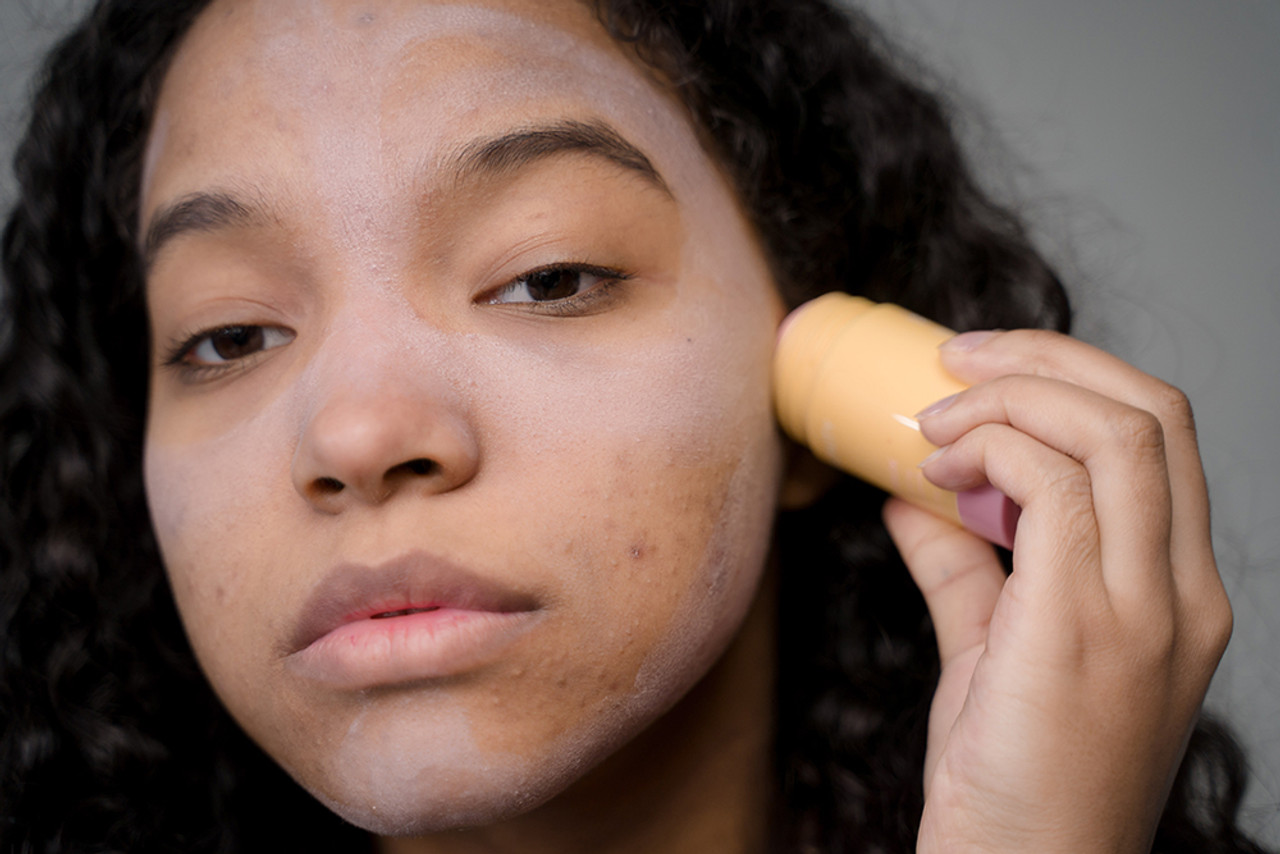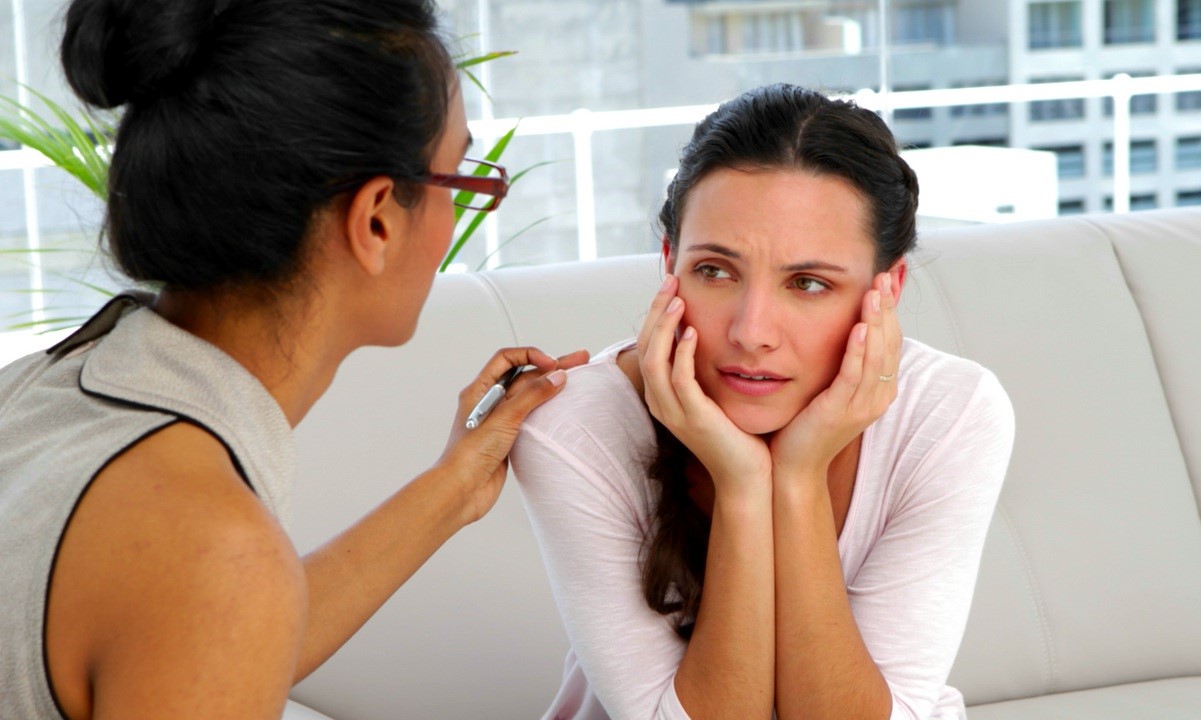
What is comedogenicity, and why should you care? Comedogenicity refers to the potential of a substance to clog pores, leading to blackheads, whiteheads, and acne. Understanding comedogenicity is crucial for anyone looking to maintain clear, healthy skin. Many skincare products contain ingredients that can be comedogenic, even if they promise to improve your complexion. Knowing which ingredients to avoid can save you from unwanted breakouts and skin irritation. This guide will provide you with 35 essential facts about comedogenicity, helping you make informed choices about your skincare routine. Get ready to uncover the secrets behind clear, radiant skin!
What is Comedogenicity?
Comedogenicity refers to the tendency of a substance to cause comedones, which are clogged pores that can lead to acne. Understanding comedogenicity helps in choosing the right skincare products to avoid breakouts.
- Comedones are the primary result of comedogenic substances. They can be either blackheads or whiteheads.
- Sebum production plays a significant role in comedogenicity. Excess sebum can mix with dead skin cells, leading to clogged pores.
- Skin types vary in their reaction to comedogenic substances. Oily skin is more prone to comedones compared to dry skin.
- Non-comedogenic products are formulated to avoid clogging pores. They are often labeled as such on skincare products.
- Ingredients like coconut oil and cocoa butter are highly comedogenic. They can easily clog pores and cause breakouts.
- Acne-prone skin should avoid comedogenic ingredients. This helps in reducing the risk of developing acne.
- Comedogenic ratings range from 0 to 5. A rating of 0 means the ingredient is non-comedogenic, while 5 indicates a high likelihood of causing comedones.
- Patch testing is a good way to check if a product is comedogenic for your skin. Apply a small amount on your forearm and observe for any reactions.
Common Comedogenic Ingredients
Certain ingredients are notorious for their comedogenic properties. Knowing these can help you make better skincare choices.
- Lanolin is a common ingredient in moisturizers but can be highly comedogenic.
- Isopropyl Myristate is often used in cosmetics for its smooth texture but can clog pores.
- Algae Extract is found in many skincare products but is highly comedogenic.
- Wheat Germ Oil is rich in vitamins but can cause breakouts due to its comedogenic nature.
- Oleic Acid is found in various oils and can be comedogenic for some skin types.
- Myristyl Myristate is used in creams and lotions but can clog pores.
- Butyl Stearate is an emollient that can be comedogenic.
- Octyl Palmitate is used in sunscreens and can cause comedones.
How to Identify Comedogenic Products
Identifying comedogenic products can save your skin from unnecessary breakouts. Here are some tips to help you.
- Read labels carefully. Look for terms like "non-comedogenic" or "won't clog pores."
- Research ingredients before buying. Websites and apps can help you check the comedogenic rating of ingredients.
- Consult dermatologists for personalized advice. They can recommend products based on your skin type.
- Avoid heavy creams if you have oily skin. Lighter, gel-based products are less likely to be comedogenic.
- Use oil-free products. These are less likely to clog pores.
- Check reviews from people with similar skin types. Their experiences can guide your choices.
- Be cautious with natural oils. Not all natural oils are non-comedogenic.
Effects of Comedogenic Substances
Understanding the effects of comedogenic substances can help you manage your skincare routine better.
- Acne is the most common effect. Comedogenic substances can lead to breakouts.
- Inflammation can occur when comedones become infected.
- Scarring may result from severe acne caused by comedogenic substances.
- Skin texture can become uneven due to clogged pores.
- Redness and irritation are common side effects.
- Increased oil production can be a response to clogged pores.
- Blackheads form when pores clogged with sebum and dead skin cells oxidize.
- Whiteheads occur when clogged pores remain closed.
Managing Comedogenicity
Managing comedogenicity involves making informed choices about skincare products and routines.
- Exfoliate regularly to remove dead skin cells. This helps in preventing clogged pores.
- Use clay masks to absorb excess oil. They can help in keeping pores clear.
- Hydrate your skin with non-comedogenic moisturizers. Hydrated skin is less likely to produce excess oil.
- Avoid over-washing your face. This can strip natural oils and lead to increased sebum production.
Final Thoughts on Comedogenicity
Understanding comedogenicity helps you make better skincare choices. Knowing which ingredients clog pores can prevent breakouts. Always check product labels for comedogenic ingredients like coconut oil or lanolin. Everyone's skin reacts differently, so what works for one person might not work for another. Patch testing new products can save you from unwanted reactions.
Remember, non-comedogenic doesn't guarantee a product won't cause acne, but it reduces the risk. Consulting a dermatologist can provide personalized advice tailored to your skin type. Staying informed about your skincare routine empowers you to maintain healthier skin.
By being mindful of comedogenicity, you can achieve clearer, more radiant skin. Keep experimenting and learning about what suits your skin best. Happy skincare journey!
Was this page helpful?
Our commitment to delivering trustworthy and engaging content is at the heart of what we do. Each fact on our site is contributed by real users like you, bringing a wealth of diverse insights and information. To ensure the highest standards of accuracy and reliability, our dedicated editors meticulously review each submission. This process guarantees that the facts we share are not only fascinating but also credible. Trust in our commitment to quality and authenticity as you explore and learn with us.


